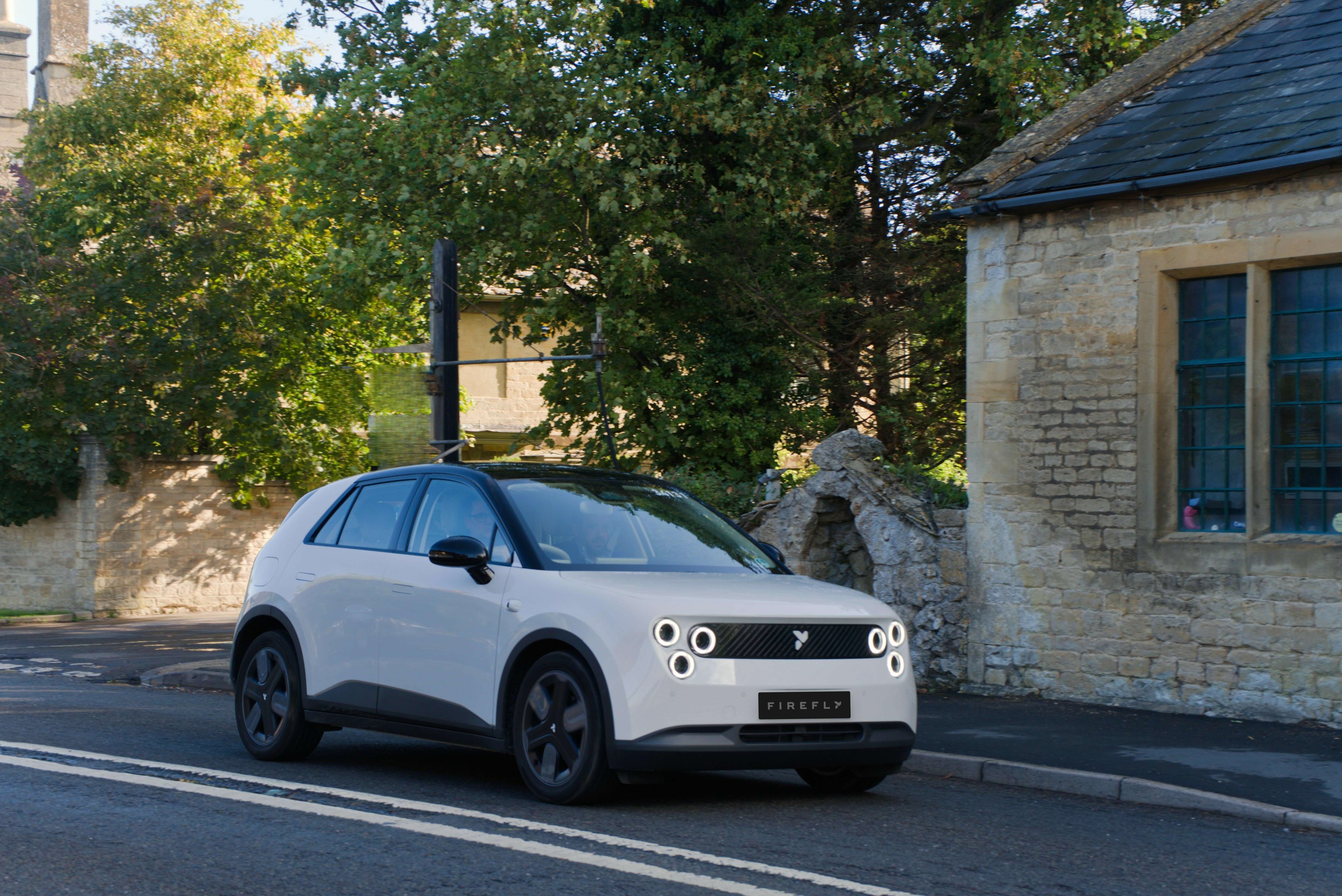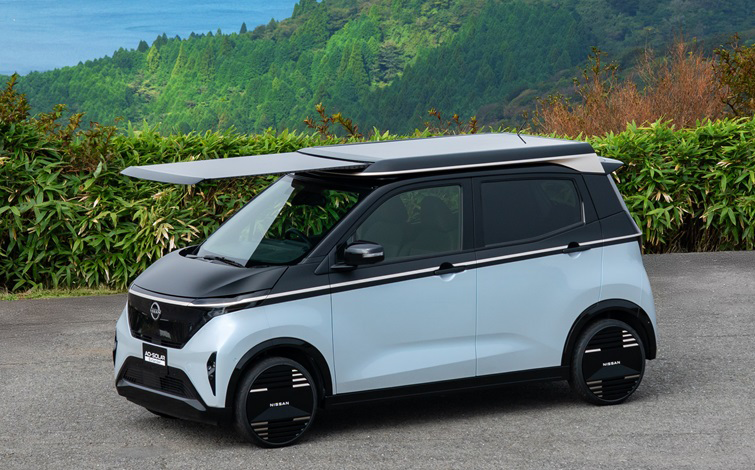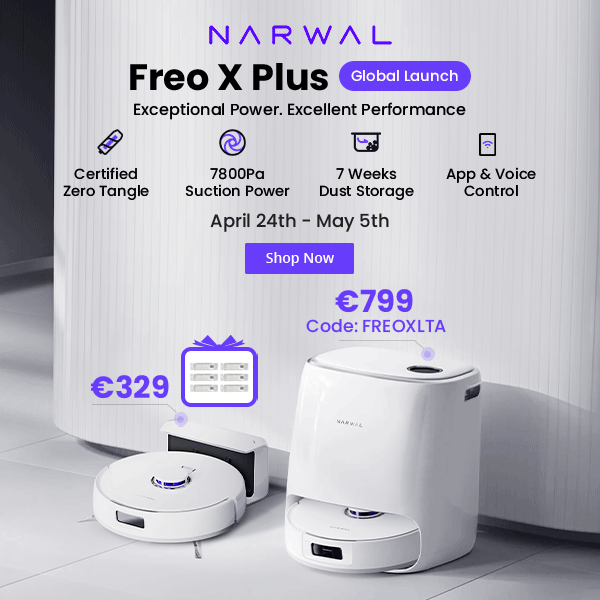
The BYD Yuan Plus is expected to become available to order in China already next month with a price between 130.000 and 160.000 yuan (17.106 and 21.054 euros).
This is the second electric car built on the new BYD e-platform 3.0 and if you think that the BYD Dolphin is too small, this might be the right electric car for you.
Initially, this electric car will be available in two range versions, let’s see them in detail.
The BYD Dolphin is now finally available to pre-order in China. This affordable electric car is packed with nice features and has many different versions to choose from, so let’s check them out.
BYD Dolphin Vigorous version
Length: 4.070 mm Wheelbase: 2.700 mm Width: 1.770 mm Height: 1.570 mm Tire specifications: 195/60 R16 Gross vehicle weight: 1.660 kg (with passengers and cargo) Curb weight: 1.285 kg (empty vehicle) Motor: 70 kW and 180 N.m of torque Max speed: 150 km/h Battery capacity: 30,72 kWh Battery chemistry: LFP (LiFePO4) Blade battery by BYD Range: 301 km (NEDC), roughly 225 km in WLTP Consumption: 10,3 kWh/100 km (NEDC), roughly 13,7 kWh/100 km in WLTP On-board charger: 7 kW Fast charging: 40 kW (from 30 to 80 % in 30 minutes) Starting price (after subsidy): 96.800 yuan (12.684 euros) BYD Dolphin Free edition
The BYD Dolphin is one of the most expected electric cars this year for its great value for money.
We already saw the specs of the two first versions that will soon be delivered in China, but now a third version got homologated by the MIIT (Ministry of Industry and Information Technology).
Let’s see the first two homologated versions to then compare to the third version.
BYD Dolphin standard range version
The Cherry Cat is the first SUV made by ORA and will be available with LFP (LiFePO4) and NMx cobalt-free batteries made by SVOLT for different ranges/prices.
The general characteristics of this electric car were already known and are listed below.
ORA Cherry Cat (LFP version)
Length: 4.510 mm Wheelbase: 2.710 mm Width: 1.855 mm Height: 1.665 mm Gross vehicle weight: 2.230 kg (with passengers and cargo) Curb weight: 1.800 – 1.855 kg (empty vehicle) Motor: 66 kW (constant) and 150 kW (peak) Max speed: 180 km/h Battery: LFP (LiFePO4) by SVOLT ORA Cherry Cat (NMx version)
In June the Tesla Model 3 was Europe’s second best-selling car, only behind the Volkswagen Golf.
Let’s see the sales chart.
Top 10 of best-selling cars in Europe in June 2021
Volkswagen Golf: 27.247 Tesla Model 3: 25.697 Dacia Sandero: 22.764 Renault Clio: 22.254 Fiat/Abarth 500: 22.179 Toyota Yaris: 21.698 Volkswagen T-Roc: 21.576 Opel/Vauxhall Corsa: 21.124 Renault Captur: 20.168 Volkswagen Polo: 18.789 Unfortunately, Tesla is the only automaker that sells in Europe electric cars that compete with ICE (Internal Combustion Engine) cars.
Currently the LFP (LiFePO4) cobalt-free chemistry allows to build EV batteries that are extremely safe, durable, simple, affordable and with good performance.
Since - unlike NCM or NCA - LFP battery cells are extremely safe and won’t burn or explode even if punctured, the battery packs don’t require much safety equipment and can adopt a simple CTP (cell-to-pack) format becoming module-less.
Assembling module-less battery packs with prismatic LFP battery cells is extremely easy and fast, but BYD goes a step further with its super long Blade battery cells.
Chinese media is now reporting that Tesla will start using BYD Blade batteries already in the second quarter of next year. This news come shortly after the rumor that Tesla already has a working prototype for its compact hatchback “Model 2” to be made in China.
Could this mean that the upcoming hatchback from Tesla will arrive next year with BYD Blade batteries?
Currently, the Tesla Model 3 SR+ MIC (Made in China) gets its LFP (LiFePO4) battery cells from CATL and at the battery pack level the energy density is only 125 Wh/kg.
Early this year, GAC announced its new super fast charging battery technology.
Compared to the current fast-charging time of pure electric models, which takes 30 minutes to recharge to 80% of battery capacity, this graphene-based battery has a 6C fast charge capability, combined with a 600A high-power charger, can be recharged to 80% capacity in 8 minutes. The battery has also passed the most stringent safety test - Battery Shooting Test, possessing quality and reliability of the highest standard.
Today the giant Chinese battery cell maker CATL revealed its first generation sodium-ion battery and it’s better than I expected.
Let’s see some highlights of the press release.
Based on a series of innovations in the chemistry system, CATL’s first generation of sodium-ion batteries has the advantages of high-energy density, fast-charging capability, excellent thermal stability, great low-temperature performance and high-integration efficiency, among others.
The energy density of CATL’s sodium-ion battery cell can achieve up to 160Wh/kg, and the battery can charge in 15 minutes to 80% SOC at room temperature.
Tomorrow the giant Chinese battery cell maker CATL will finally reveal its first sodium-ion battery (SIB).
SIBs are potentially much cheaper to produce than lithium-ion batteries (LIBs). Nonetheless, initially, with small-scale production the cost won’t be impressive, it will be roughly the same as current LFP (LiFePO4) cells that are more energy dense.
Estimated SIB costs per kWh
Small-scale production (MWh levels): 500 yuan (65 euros) per kWh Large-scale production (GWh levels): 200-300 yuan (26-39 euros) per kWh #Sodium #cell price on GWh production scale estimated at ¥ 0.2-0.3/Wh, on smaller production scales at ¥ 0.5/Wh.
GWh scale might be reached in 3 years.
Sodium has potential in <300km NEDC #EV segment
(EVERBRIGHT SEC, GUOTAI JUNAN SEC)https://t.co/C6Dl1mEJlY
Previously, the ORA Good Cat had a LFP (LiFePO4) battery in the standard range version (401 km), but the long range version (501 km) was only available with a NCM battery.
Fortunately, recent Ministry of Industry and Information Technology (MIIT) homologation documents show us that a LFP battery will also be available in the long range version.
Let’s see some details that I managed to extract from MIIT documents.
ORA Good Cat standard range specs (CC7000BJ01GBEV)
We finally know the exact figures of range and battery capacity for the BYD Dolphin, thanks to recent documents published by the Ministry of Industry and Information Technology (MIIT).
Let’s see those figures.
BYD Dolphin standard range version
Length: 4.070/4.125 mm Wheelbase: 2.700 mm Width: 1.770 mm Height: 1.570 mm Gross vehicle weight: 1.660 kg (with passengers and cargo) Curb weight: 1.285 kg (empty vehicle) Motor: 70 kW and 180 N.m of torque Max speed: 150 km/h Battery capacity: 30,72 kWh Battery energy density: 140 Wh/kg Battery chemistry: LFP (LiFePO4) Blade battery by BYD Range: 301 km (NEDC), roughly 225 km in WLTP Consumption: 10,3 kWh/100 km (NEDC), roughly 13,7 kWh/100 km in WLTP The standard range version will probably be available only in the domestic market.









































